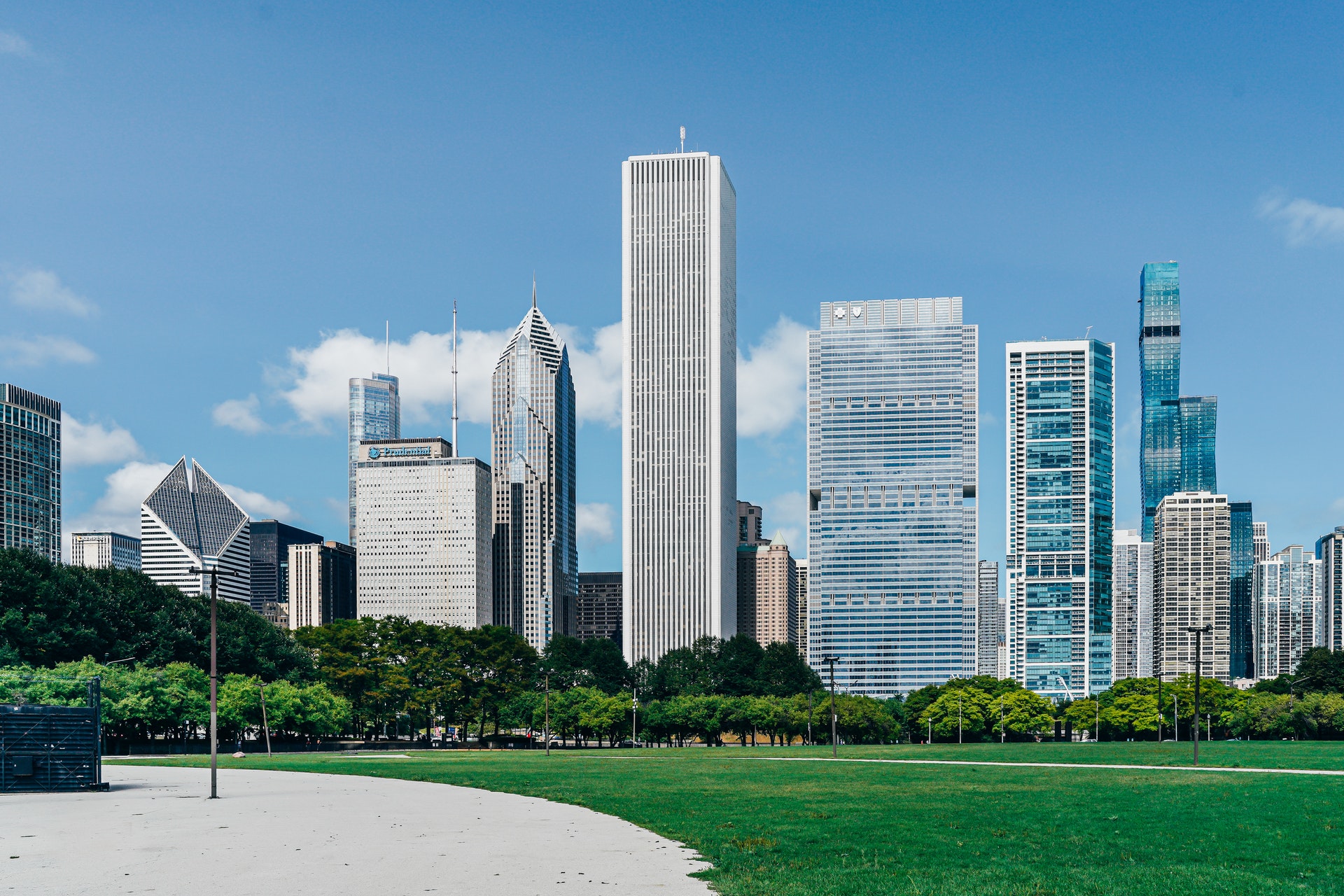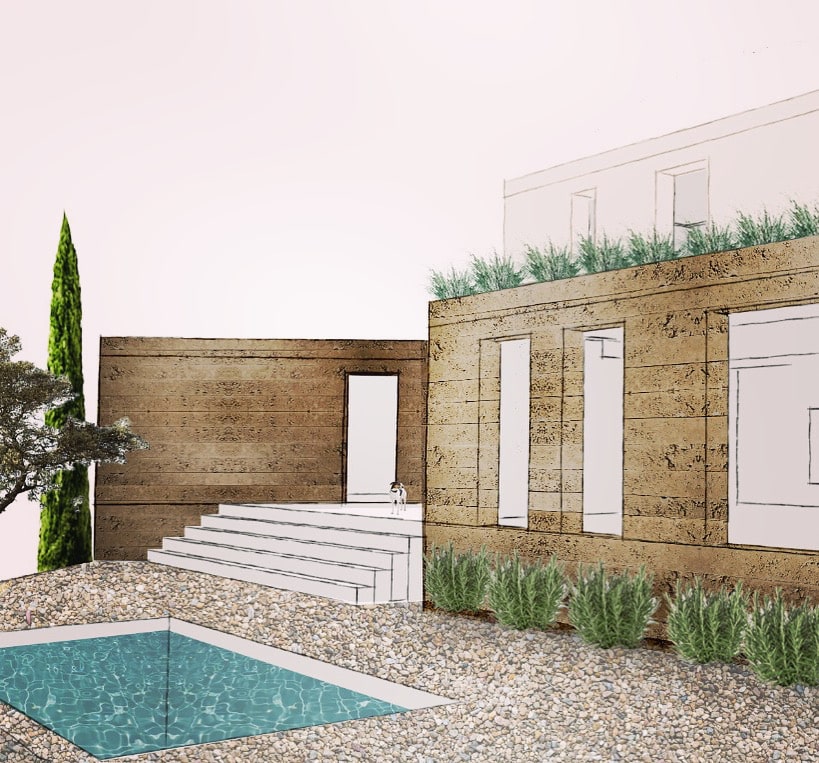
What will the cities of the future look like and what factors will determine their shape?
When designing new spaces or rehabilitating existing ones, we must take into account how quickly both human needs and new technologies are changing. The impact that the coronavirus crisis has caused in our daily lives is a good example of this quick change.
Since the pandemic began, there has been a lot of talking about what the cities of the future will look like. If a few months ago we discovered the keys to post-pandemic architecture, today we will analyze the factors that will determine the shape of the cities of tomorrow.
What will shape the city of the future?
We are going to take into account three aspects related to architecture that will influence the design and configuration of the cities of the future.
-
The effects of climate change
Climate change is one of the most pressing issues to consider when talking about the future of our cities. If we take into account that the construction of buildings represents 38% of CO2 emissions worldwide, we can say that the most sustainable building is one that we do not build.
Prioritizing reforms and renovations over new constructions not only saves time and money, but also reduces the environmental footprint of homes. By eliminating the demolition and construction processes, we significantly reduce our carbon footprint.
-
The impact of new technologies
Digital transformation has already reached architecture and the construction sector in general. Urban planning and building design must walk hand in hand with the new technologies. When it comes to conceiving the cities of the future, architects can count on innovative tools such as the Internet of Things (IoT), parametric design, AI or 3D printing.
These technologies are completely changing architecture at all levels. Parametric urban planning combines a series of layers of information to find the most optimal solution for each scenario. On the other hand, intelligent lighting systems allow to simulate natural light conditions and regulate people’s circadian rhythms to promote a happier and healthier lifestyle.
-
Increasing urban density
What is the solution to the increasing urban density? International architecture firms have different positions on in which direction the cities of the future should grow:
- Grow in underground levels. The subsoil offers very interesting thermal and acoustic conditions. The Londoner proposes digging a 35-meter-deep basement in central London to build a cinema, a ballroom and several restaurants.
- Grow in height. Gensler is committed to tall buildings, proposing a hybrid language between the horizontality of residential architecture and the vertical axis of commercial architecture. The result generates richer spatial relationships and improves the quality of human interactions.
Do you want your new home to be prepared for the upcoming challenges and changes? At Michele Mantovani Studio we develop architecture and reform projects incorporating the latest trends in architecture and interior design. In addition, we take into account your tastes and needs to design a project that adapts to your lifestyle.




